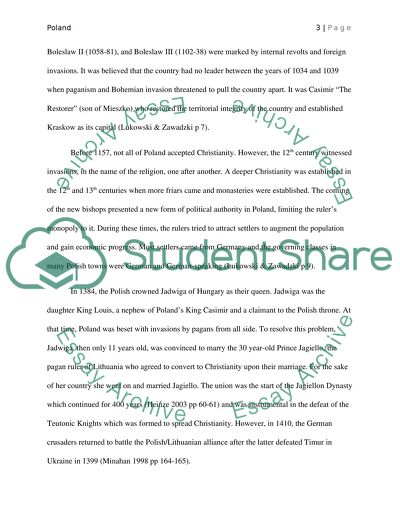Cite this document
(“Poland Essay Example | Topics and Well Written Essays - 3250 words”, n.d.)
Poland Essay Example | Topics and Well Written Essays - 3250 words. Retrieved from https://studentshare.org/miscellaneous/1547967-poland
Poland Essay Example | Topics and Well Written Essays - 3250 words. Retrieved from https://studentshare.org/miscellaneous/1547967-poland
(Poland Essay Example | Topics and Well Written Essays - 3250 Words)
Poland Essay Example | Topics and Well Written Essays - 3250 Words. https://studentshare.org/miscellaneous/1547967-poland.
Poland Essay Example | Topics and Well Written Essays - 3250 Words. https://studentshare.org/miscellaneous/1547967-poland.
“Poland Essay Example | Topics and Well Written Essays - 3250 Words”, n.d. https://studentshare.org/miscellaneous/1547967-poland.


